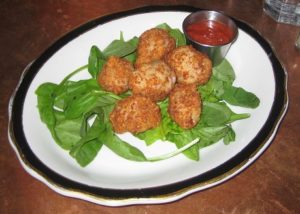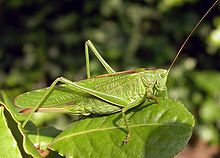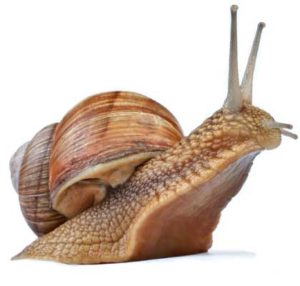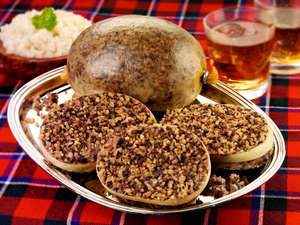by Hoyt Nelson
I grew up in rural Connecticut where the New York style pizza was pretty good, but there was no other ethnic food than Chinese, and that was nothing more than “Chung King” chow mein in cans from the grocery store. There was a “real” Chinese restaurant about 30 miles away in a town curiously named Canton, but the food there was a disgrace to that name.
We’ve all heard, and possibly sampled things like chocolate-covered ants, Rocky Mountain “oysters” (sheep testicles)  and sheep eyeballs, and I found there are very few limits on what some people will eat to satisfy their hunger. Moving to California in 1962 opened my eyes and mouth to the bounty which has only exploded into the richness we see today. In the early 1970s, I bought small cans of whale and rattlesnake meat and found them tasty. Soon after, I bought a book called the “San Francisco Underground Gourmet”. Over the course of several years I sampled more than 50 restaurants from every manner of cuisine, including places like Chez Nick – a combination of French, Russian and The Khyber Pass which in 1969, claimed to be the only Afghan restaurant in the western hemisphere. One of the few places in the book that I missed (before it closed up) was a place in the Haight called “The Magnolia Thunderpussy”, whose specialty was pineapple thunderpussy. (The owner was actually woman who called herself Magnolia Thunderpussy.) Other than pineapple, I regret that I never found out what else was in it.
and sheep eyeballs, and I found there are very few limits on what some people will eat to satisfy their hunger. Moving to California in 1962 opened my eyes and mouth to the bounty which has only exploded into the richness we see today. In the early 1970s, I bought small cans of whale and rattlesnake meat and found them tasty. Soon after, I bought a book called the “San Francisco Underground Gourmet”. Over the course of several years I sampled more than 50 restaurants from every manner of cuisine, including places like Chez Nick – a combination of French, Russian and The Khyber Pass which in 1969, claimed to be the only Afghan restaurant in the western hemisphere. One of the few places in the book that I missed (before it closed up) was a place in the Haight called “The Magnolia Thunderpussy”, whose specialty was pineapple thunderpussy. (The owner was actually woman who called herself Magnolia Thunderpussy.) Other than pineapple, I regret that I never found out what else was in it.
 I took the next step at a Peruvian restaurant in San Jose (not Isabella’s on Winchester which I now visit every couple of months) where I ate a couple of grass hoppers, but found them little more than salt and crunch.
I took the next step at a Peruvian restaurant in San Jose (not Isabella’s on Winchester which I now visit every couple of months) where I ate a couple of grass hoppers, but found them little more than salt and crunch.
Many years later, my wife Nancy ate a scorpion in China on a business trip and reported that it tasted pretty much like grasshopper.
 In 1972, I spent 6 months in Europe. In particular, the snails in France were delicious. I’m told that the French snails are the same variety as our US snails, but you have to be careful since US snails frequently have a taste of snail bait (poison). Also, I’ve heard the French put the snails on a corn starch diet for 2 weeks before eating them to clear out any of their usual food from their systems (snails are not picky eaters).
In 1972, I spent 6 months in Europe. In particular, the snails in France were delicious. I’m told that the French snails are the same variety as our US snails, but you have to be careful since US snails frequently have a taste of snail bait (poison). Also, I’ve heard the French put the snails on a corn starch diet for 2 weeks before eating them to clear out any of their usual food from their systems (snails are not picky eaters).
 In Scotland, I learned about haggis (sheep organs and oatmeal stuffed into a sheep stomach) but never saw it on a menu and we didn’t ask.
In Scotland, I learned about haggis (sheep organs and oatmeal stuffed into a sheep stomach) but never saw it on a menu and we didn’t ask.
Further north in Sweden, there is a gelatinous “dish” of (usually cod) fish that has soaked in water for a week or 2 and then preserved in lye (sodium hydroxide). I worked with a Swede in the mid 80s who actually ate it while camping by himself above the Arctic Circle but unfortunately we never saw it on the menu.
While hiking the Inca trail in Peru in 1986, I noticed an occasional house out in the middle of nowhere with a white cloth attached to a 10 foot pole. May is harvest time below the equator and I learned this “flag” was a sign that chicha was for sale there. It’s a slightly fermented corn drink, whose fermentation is hastened by spitting in it. (I’m told there’s a similar drink in the Amazon jungle which people blow their noses into the fresh juice to do the same thing.) I didn’t stop at one of these places in the hills, but did run into a chicha seller at a train station (sitting there with a bucket of the stuff and a glass). (The local custom is to spill a few drops on the ground before drinking as an offering to Mother Earth). It tasted pretty good and I now find chicha on the menu of many local Peruvian restaurants (although it’s not fermented).
While at work in the late ‘90s, a Filipino technician brought in a delicacy called balut for lunch (means “wrapped” in Tagalog). It’s a fertilized duck egg that has been soaked in soy sauce and buried in the ground for a couple of weeks. Partially developed claws and beaks are visible, but not yet hardened. Nobody (including me) had the guts to sample one.
In a restaurant just off Stevens Creek Blvd. in San Jose there is a dish labeled “Stinky tofu” on the menu. We had heard of such a dish, and here was our chance to sample it. It did smell pretty terrible, but once you got it past your nose, it wasn’t all that bad (we actually finished the portion).
Finally, there’s a dish (we heard about from 3 different sources) from southern China called “The 3 Screamings”. It involves newborn baby rats. You pick one up with your chopsticks and it screams for its mother. Then you swish it around in soy sauce and the salty sauce gets in its eyes so it screams again. Finally, as you bite down, it screams one last time. There is even worse, which I will not describe here. If you must know, see me in private.



